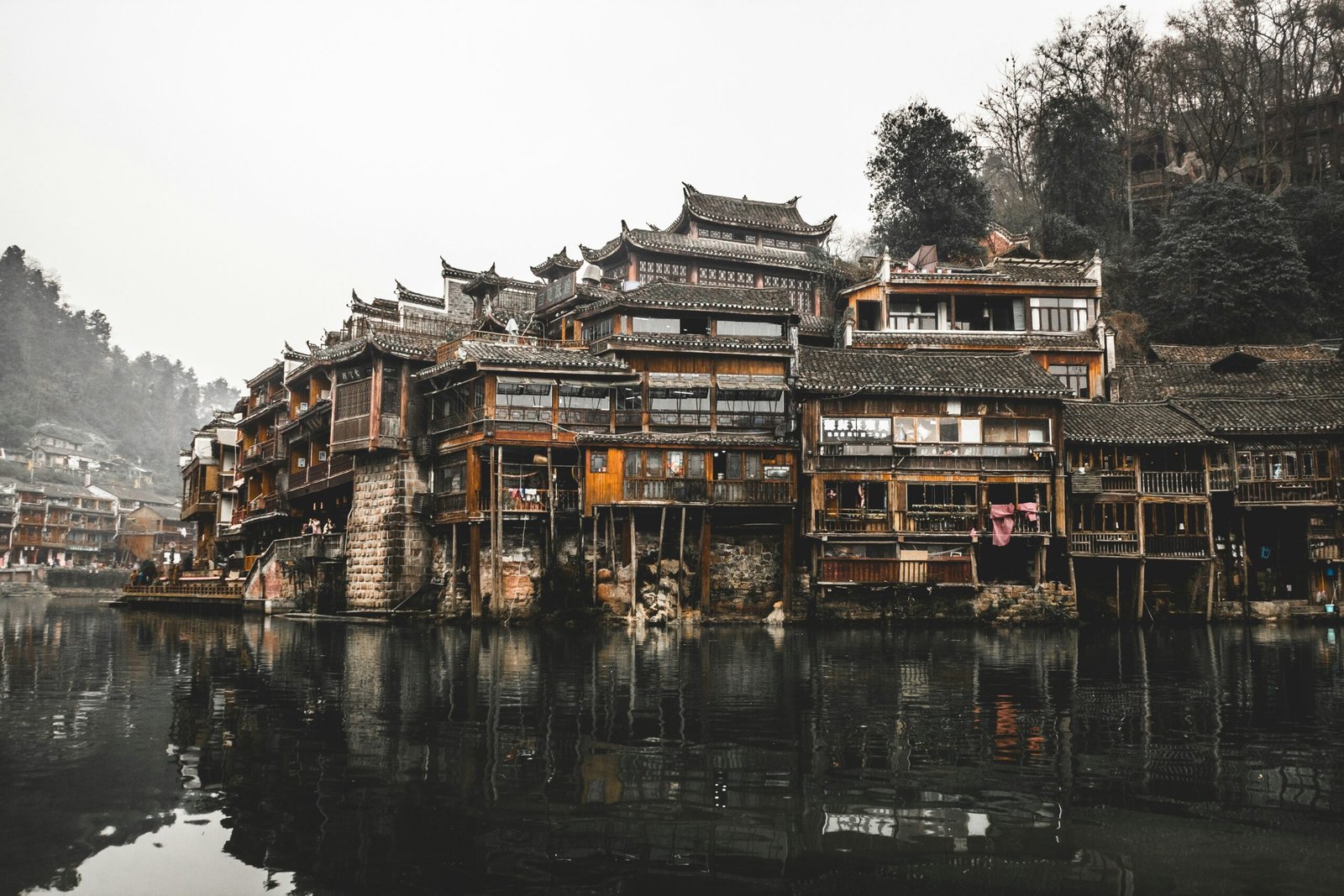Exploring the Cultural Significance of China’s National Anthem and Its Connections to India
The Cultural Essence of China’s National Anthem
China’s national anthem, “March of the Volunteers,” originated during the turbulent era of the Second Sino-Japanese War. Composed by Nie Er and with lyrics by the poet Tian Han, it was initially created for the 1935 film “Children of Troubled Times.” The anthem served as a powerful rallying cry, uniting the Chinese populace in their struggle against foreign invasion and oppression. Its emergence during this critical period in Chinese history underscores its foundational role in fostering a sense of national unity and resistance.
The lyrics of “March of the Volunteers” resonate with themes of patriotism, sacrifice, and collective strength. The anthem begins with a call to action, “Arise, ye who refuse to be slaves!” This line epitomizes the indomitable spirit of the Chinese people, steadfast in their determination to defend their homeland. Throughout the anthem, there is an emphasis on resilience and unity, with phrases such as “The Chinese nation faces its greatest peril,” encouraging citizens to come together and fight for their country. This powerful message encapsulates core values deeply ingrained in Chinese culture.
Moreover, the anthem’s enduring relevance is evident in how it is perceived in modern China. It remains a pivotal element in national ceremonies, such as the National Day celebrations and sporting events, where it is performed to evoke a sense of pride and solidarity. The anthem’s role extends beyond mere ceremonial use; it continues to impact Chinese identity profoundly. For many, it is a reminder of past struggles and a testament to the country’s resilience and unity.
In essence, “March of the Volunteers” is more than just a national anthem; it is a cultural symbol that reflects the historical and cultural ethos of China. Its lyrics and the spirit they embody serve as a constant reminder of the sacrifices made for the nation’s sovereignty and the collective strength that defines the Chinese people. Through its powerful message and enduring presence, the anthem remains a cornerstone of Chinese national identity and cultural heritage.
Cultural Parallels and Connections Between China and India
The cultural ties between China and India stretch back thousands of years, rooted in historical interactions that have significantly shaped both civilizations. One of the most notable historical connections is the ancient Silk Road, a network of trade routes that facilitated not only the exchange of goods but also the flow of ideas and culture. This ancient pathway allowed for the mutual influence of philosophy, art, and literature, fostering a rich tapestry of shared cultural elements that endure to this day.
The national anthems of China and India, “March of the Volunteers” and “Jana Gana Mana” respectively, encapsulate themes of national pride, resilience, and unity. These anthems serve as a reflection of the enduring spirit of their peoples and the cultural values that have been cultivated over centuries. In China, the anthem’s lyrics underscore a call to action and unity, resonating with the nation’s historical struggles and triumphs. Similarly, India’s anthem celebrates the country’s diverse cultural heritage and the unity that binds its varied traditions, languages, and communities.
Shared philosophical traditions, such as Buddhism, have also played a pivotal role in bridging the cultural landscapes of China and India. Buddhist monks and scholars traveled between the two regions, disseminating religious texts and practices. This exchange enriched the spiritual and cultural dimensions of both societies, leaving a lasting impact on their respective cultural identities. Additionally, the influence of Indian art and literature can be seen in Chinese artistic expressions and vice versa, illustrating a symbiotic relationship that has cultivated mutual respect and admiration.
In contemporary times, cultural collaborations and exchanges continue to strengthen the bond between China and India. Joint initiatives in the fields of cinema, music, and education exemplify the ongoing cultural dialogue between these two ancient civilizations. Festivals celebrating each other’s culture, academic exchanges, and collaborative art projects highlight the shared commitment to fostering understanding and appreciation. These modern-day interactions underscore the dynamic and evolving nature of the cultural connections between China and India, rooted in a profound historical legacy.




